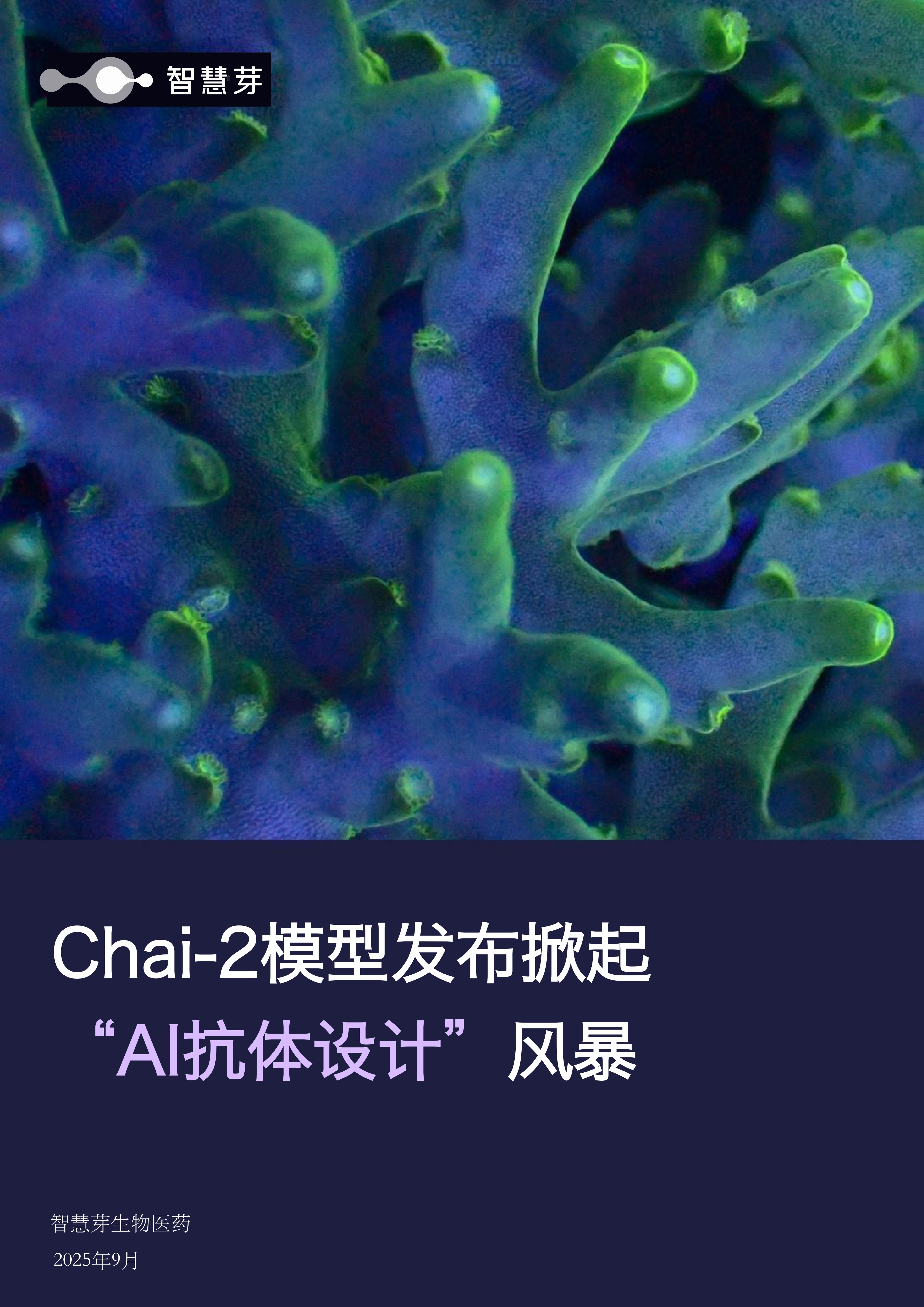预约演示
Federal housing programs protect residents from lead exposure
2024-03-13
临床研究临床结果
Americans already living in housing supported by federal housing assistance programs have significantly lower blood lead levels than counterparts who would later join these programs, according to new research.
Americans already living in housing supported by federal housing assistance programs have significantly lower blood lead levels than counterparts who would later join these programs, according to new research led by environmental health scientists at Columbia University Mailman School of Public Health and Tufts Medical Center. The findings appear in the peer-reviewed journal Environmental Health Perspectives.
"Living in federally-supported housing -- especially public housing -- limited opportunities for residents' exposure to lead," says first author MyDzung Chu, Ph.D., assistant professor in the Institute for Clinical Research and Health Policy Studies at Tufts Medical Center. "This likely relates to stricter compliance and enforcement of federal residential lead paint laws in HUD housing compared to non-assisted housing in the private market."
"Federal housing assistance is an important social-structural safety net for very low-income households to access both affordable and safe, healthy housing," adds senior author Ami Zota, PhD, associate professor of environmental health sciences at Columbia University Mailman School of Public Health. "Lead is a major health risk at any level of exposure."
The new study is the first to examine blood lead levels (BLLs) by federal housing assistance status in a nationally representative sample of HUD-eligible adolescents and adults. Researchers used the 1999-2018 National Health and Nutrition Examination Survey (NHANES) linked with housing records from the U.S. Department of Housing and Urban Development (HUD) to compare BLLs of NHANES participants on housing assistance (a total of 3,071) at the time of the survey and those who would receive assistance within two years after the survey (i.e., pseudo-waitlist recipients, a total of 1,235).
Participants living with HUD housing assistance had 11.4 percent lower BLLs than those in the pseudo-waitlist group. They also had 40 percent lower odds of having a BLL greater than or equal to 3.5 µg/dL -- a level used to identify children with BLLs higher than those of most U.S. children, determine appropriate follow-up actions, and prevent further exposure. These numbers were adjusted to account for demographic and socioeconomic confounders.
Additional findings:
Key Background
BLLs in adults are linked with elevated blood pressure and risk of cardiovascular disease, renal insufficiency, and cognitive impairments. Elevated BLLs among children have been associated with neurocognitive and intellectual impairments, poor school performance, behavioral problems, and criminality later in life, even at low levels of exposure.
HUD provides affordable housing assistance to nearly 5 million families, including about 3 million children through three major programs administered by local public housing agencies: public housing (0.84 million households), tenant-based housing choice vouchers (HCVs) (2.3 million households), and multifamily income-restricted housing (1.4 million households).
Additional study co-authors include Andrew Fenelon, University of Minnesota; and Gary Adamkiewicz, Harvard T.H. Chan School of Public Health.
The study was funded by a grant from the U.S. Department of Housing and Urban Development.
更多内容,请访问原始网站
文中所述内容并不反映新药情报库及其所属公司任何意见及观点,如有版权侵扰或错误之处,请及时联系我们,我们会在24小时内配合处理。
靶点
-药物
-Eureka LS:
全新生物医药AI Agent 覆盖科研全链路,让突破性发现快人一步
立即开始免费试用!
智慧芽新药情报库是智慧芽专为生命科学人士构建的基于AI的创新药情报平台,助您全方位提升您的研发与决策效率。
立即开始数据试用!
智慧芽新药库数据也通过智慧芽数据服务平台,以API或者数据包形式对外开放,助您更加充分利用智慧芽新药情报信息。





